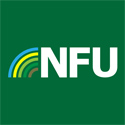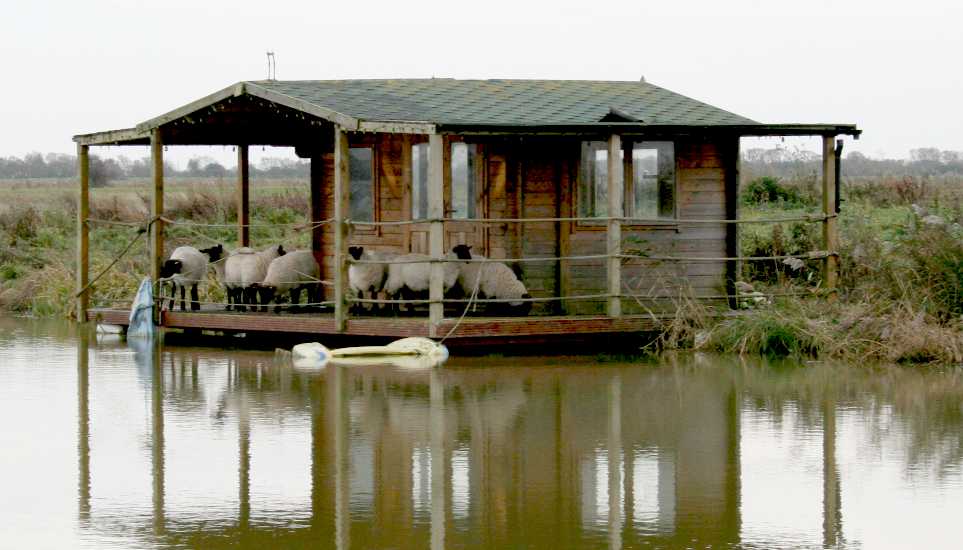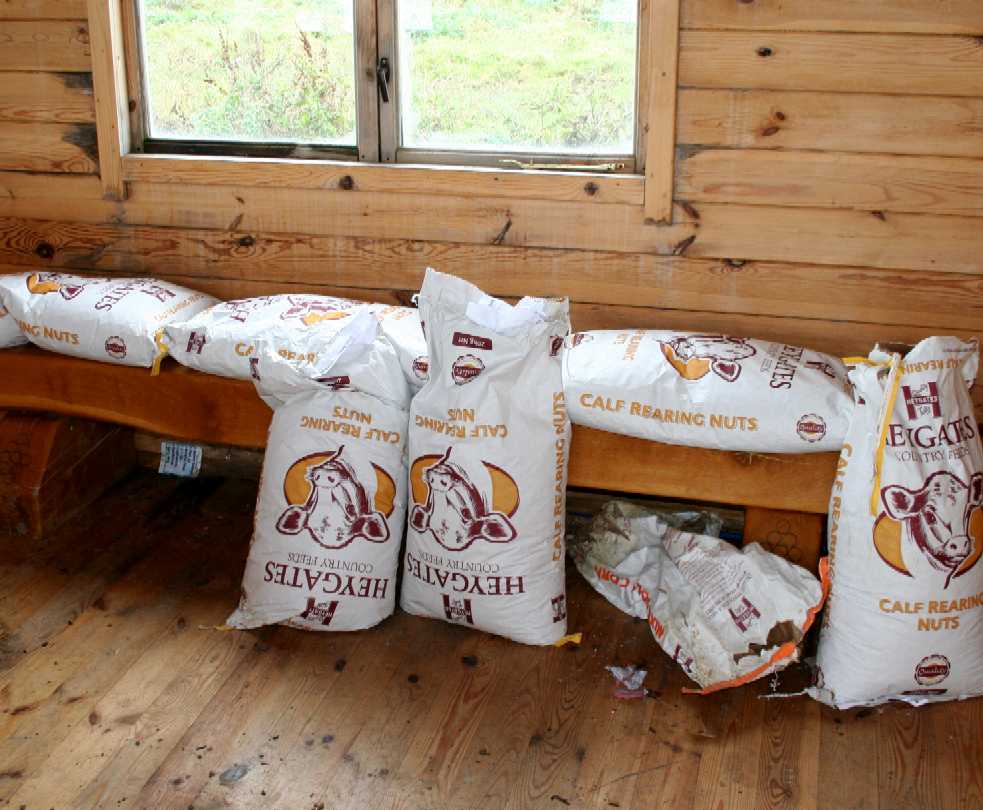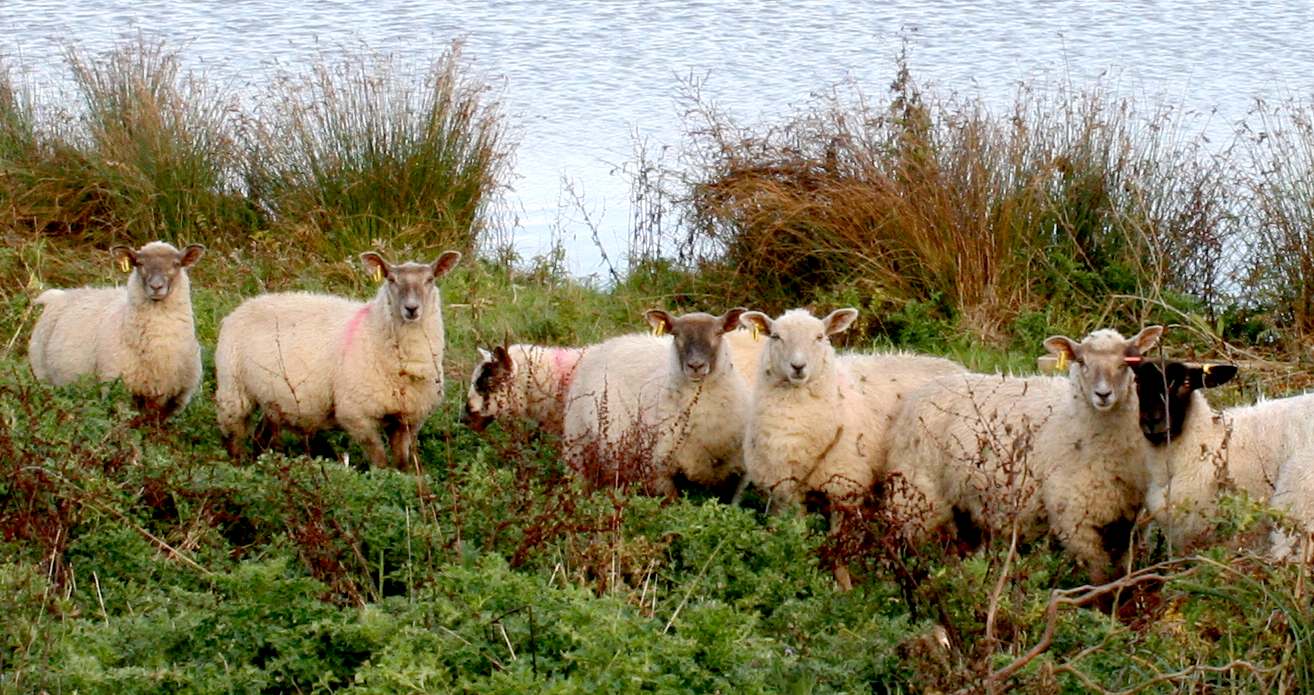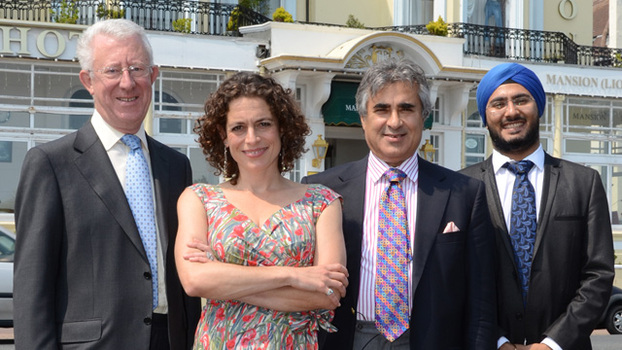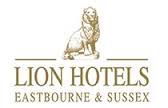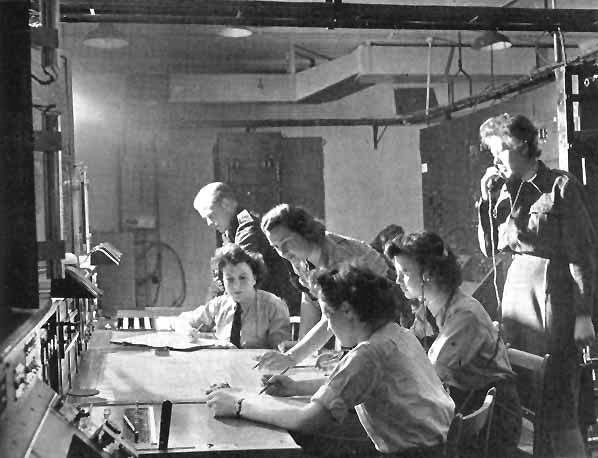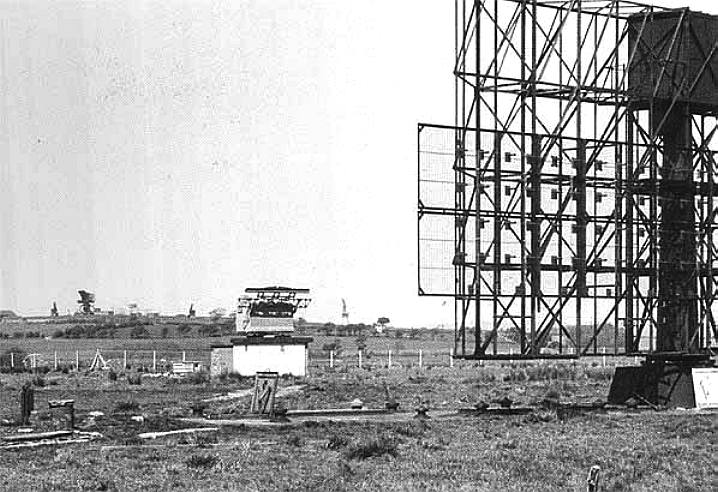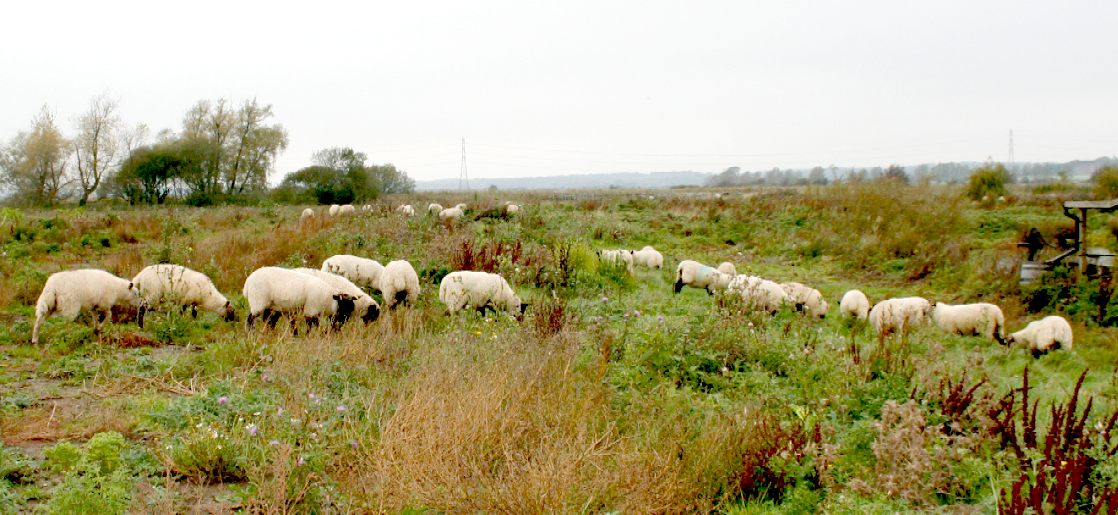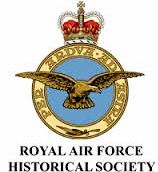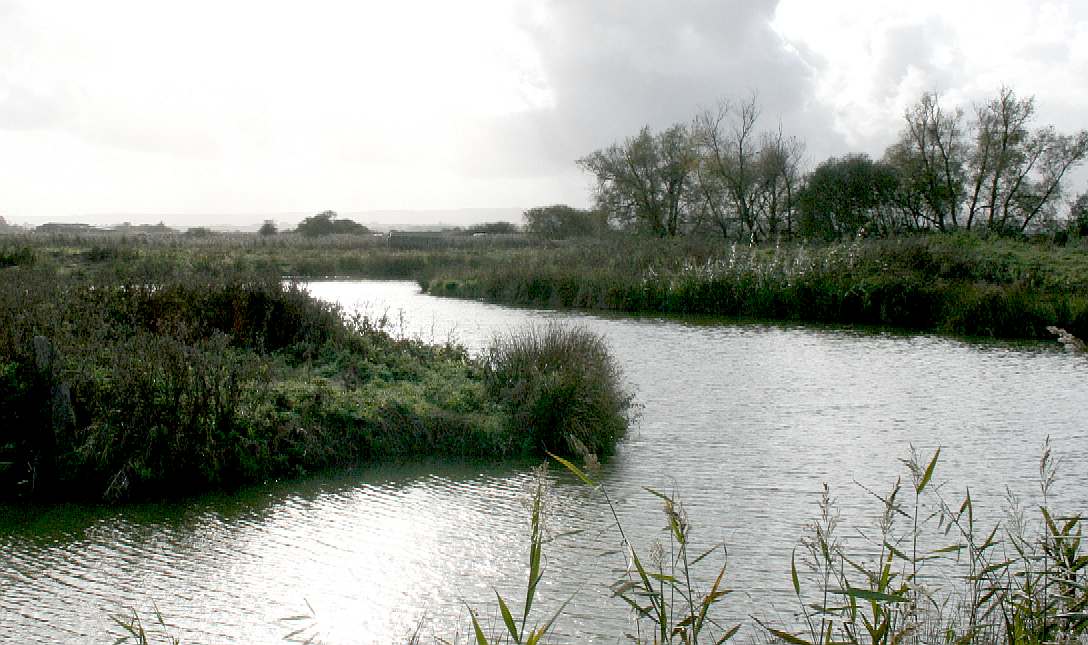|
LION FARMS LTD
|
|||
|
Sheep on site at Lion Farm, waiting by the feed store to be fed. This store is not a field shelter, but it would seem that the sheep like the cover while waiting for a meal. There are two field shelters on site where the sheep might find accommodation in harsh weather.
The former operator of the site was Ordered by Brighton Magistrates Court District Judge, Stephen Nicholls, to take down his deer proof barriers. No sooner these were removed, than all the deer escaped. Natural England knew this would happen but did not care as to the consequences or loss to the site operator. Harsh!
With this sort of antics from a local authority, we ask if the likes of Natural England are doing more harm than good. For sure they are causing harm to the local economy, which multiplied up, is bound to have an effect on our national debt crisis, where we are paying for services that are counter productive.
The solicitors dealing with the case were/are Andy Hopkin, who is working with Jonathan Mitchell. Natural England are using Sue Beale and Cath Jackson on the ground, with Allan Drewitt bringing up the rear as the in-house bird expert.
Feed being stored in the dry for sheep and cattle at Lion Farm. Mostly, sheep and cows forage grasses and other plants on site, but supplementary feed helps to bring them on with a fortified diet.
DISCRIMINATION
The former operator of this site, Mr Gulzar, a local hotelier of some repute for his charitable enterprises, was the subject of a Planning Outlaws television programme, during which it became clear that local residents and Wartling Parish Council members did not like land being owned by a foreigner - where Mr Gulzar originates from India.
MP Gregory Barker is known to have attended a meeting where he pledged to join in the fray, despite what appears to us to be an unlawful assembly, in that it is illegal to attend a gathering the object of which is to incite racial hatred. The fact that following this meeting Natural England began proceedings against Mr Gulzar, is not in our opinion a coincidence, but an extension of that meeting.
Other landowners in the vicinity (who are English) have not been prosecuted for operating their farms in similar fashion.
A herd of councillors taking an interest in our cameraman. This surprisingly sharp bunch made a lot more sense than other representatives of the Wealden District Council that we have had the pleasure to communicate with. Council officers don't like it when members challenge irregular decisions, but these days almost no member is prepared to investigate impropriety, just so long as their expenses are paid. If that is the case why bother having elections and why waste taxpayers money on expenses, when in reality the officers always get their own way.
Alex
Polizzi visits Eastbourne and the three-star, 110-bedroom Mansion Lions Hotel. The flamboyant owner, Mr
Sheikh Abid
Gulzar, dreams of turning the hotel into a four-star establishment. Mr Gulzar describes the hotel’s design as 'rich and good looking, just like myself'; however, Alex soon discovers the hotel’s décor and customer service is desperately lacking.
CONTACTS
The Farm Manager Lion Farms Ltd Wartling Road Pevensey Levels
Email: farming@bushywood.com
A bunch of happy hens, helping RAF pilots to shoot down V1 rockets before they hit London.
Lion Farm in roughly half way between the Radar Farm and Bunker Hill at RAF Wartling. Please use the links on this pager to read more about what was the first ever early warning radar station in the world.
RAF WARTLING R7 MkIII ROTOR RADAR
This is a view from what is now Radar Farm, from the underground bunker (R7) to Bunker Hill, looking across Lion Farm. Rather strangely, this archaeological site is also designated as a Site of Special Scientific Interest (SSSI) for the protection of Lapwings, where this bird would not find such a site of any interest whatsoever, preferring open marshland. Bunker Hill is not included in the erroneous SSSI. See the T7 pictures below taken in October of 2014, to compare.
The transmitter, receiver and motor for turning the aerial array were located underground in a bunker designated as an R7 and known as a 'well'. During the ROTOR period two different types of R7 bunker were utilised. Where the Type 7 radar was located close to the R3 operations block it was housed in an R7 Mk II bunker which consisted of a single room. If the R7 was at a dispersed location a larger R7 Mk III was built which consisted of three rooms. Because of the distance from the main site, an R7 Mk III required its own IFF and an Mk 10 IFF was mounted on a Type 14 plinth, turntable and cabin this combination was known as a Type 79. This was located a short distance to the north of the R7 bunker with a small brick built electricity sub station alongside. The R7 was divided into three major rooms with the DC power room at one end, a rest room in the middle and the transmitter room at the opposite end; this would have housed two T3705 transmitters.
The R7 Mk III was sited a few yards from the WW2 Type 7 radar which was located in an R7 Mk 1 bunker. The radar and the adjacent happidrome remained operational until the new technical block came on line on 28th March 1955.
With the introduction of the Type 80 radar during 1956/1957 the Type 7 became redundant as the Type 80 had a range of 320 miles compared to only 90 miles for the Type 7; it was retained as a back up to the Type 80. In January 1958 a new Type 7 radar was fitted following a fire in the old one.
Few R7 Mk III bunkers are accessible today and that at Wartling has been partially covered over with only one corner of the concrete room still visible together with two of the low ventilators. The Type 79 plinth and sub-station are still standing within a large WW2 compound which follows the natural field boundary. The buildings appear to have been put to some kind of light industrial use with a number of scrap vehicles parked in the field nearby. Within a few yards of the bunker the top of the WW2 R7 Mk I can also be seen.
Although only 300 yards from the minor road running south from Wartling village, a line of trees along the field boundary make the buildings difficult to see from the road.
Sheep are relatively easy to look after and seem to like the flora mix
LINKS & REFERENCE
http://www.lionhotelsltd.com/ http://www.channel5.com/shows/the-hotel-inspector/episodes/episode-5-361 http://www.equinerescuefrance.org/campaigns-2/horsemeat-in-france/ https://www.gov.uk/keeping-horses-on-farms http://www.telegraph.co.uk/news/uknews/1550742/We-should-eat-horse-meat-says-Ramsay.html http://www.fwi.co.uk/business/horsemeat-scandal/ 28 days later RAF-Wartling-R3-GCI-ROTOR-Radar-Station-12-7-07 http://www.28dayslater.co.uk/forums/showthread.php/16796-RAF-Wartling-R3-GCI-ROTOR-Radar-Station-12-7-07 http://www.subbrit.org.uk/rsg/sites/w/wartling/index1.html http://www.subbrit.org.uk/rsg/sites/w/wartling_r7/ http://www.subbrit.org.uk/sb-sites/sites/p/pevensey_chain_home/index.shtml
It does not get much better than this - a view across the pond looking toward RAF Pevensey. Ducks, geese and swans frequent the area
|
|||
|
Copyright © Lion Farms Ltd 2014. Registered in England and Wales. |
|||
|
|
|||
